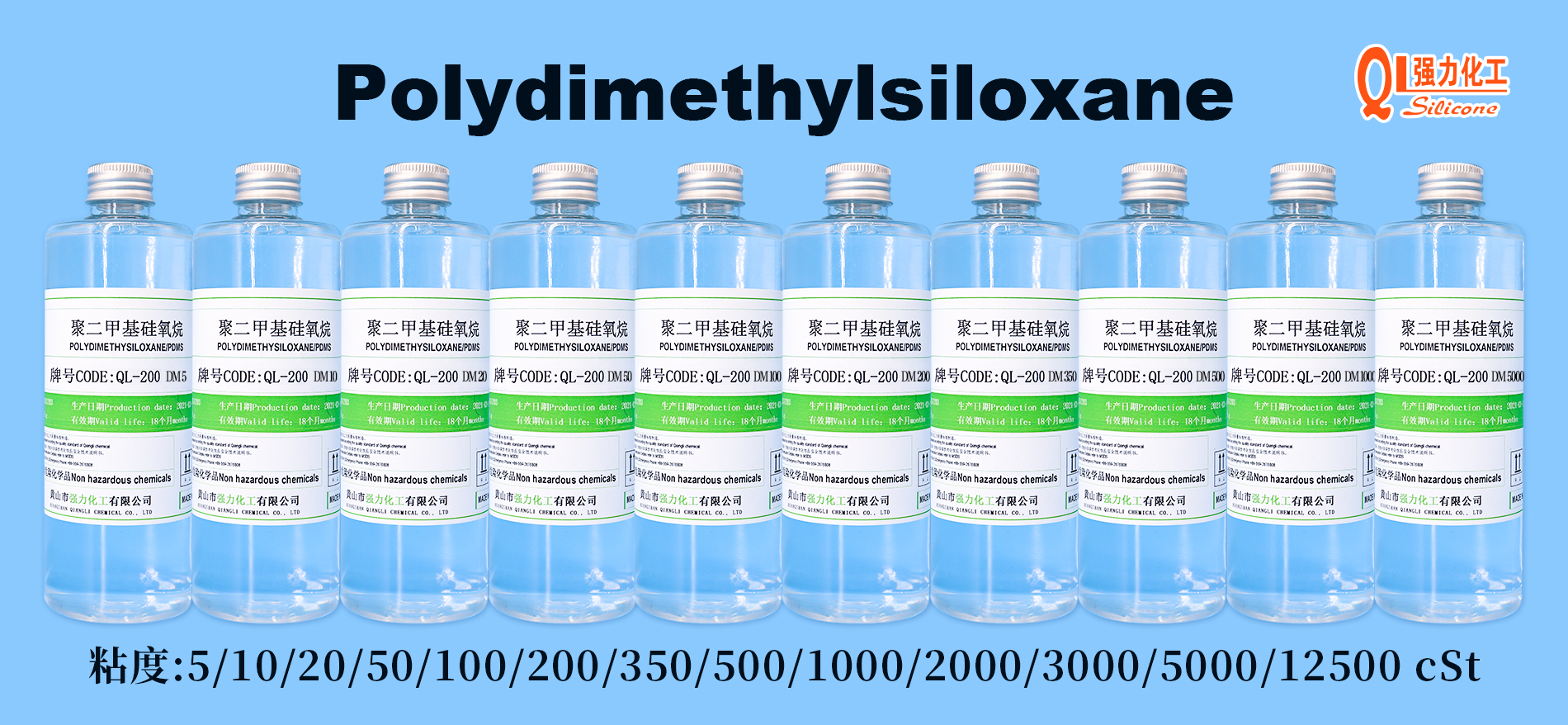Regarding how to choose the right silicone oil, this question. I often hear feedback from colleagues in the sales department that some customers always ask in what fields they are used, which silicone oil is needed, what viscosity it is, etc. Regarding this matter, after all, we are not making formulas, we are manufacturers, and some applications have different ratios. Perhaps customers should know more about it. After all, downstream customers use it to produce various products or applications. Therefore, all we can do is to explore more relevant articles and answer customers' questions as much as possible. In 2024, the editor will continue to search for information and edit articles so that new and old customers can see more useful silicone-related information.

Silicone oil is generally a colorless (or light yellow), odorless, non-toxic, non-volatile liquid. Silicone oil is insoluble in water, methanol, glycol and -ethoxyethanol, miscible with benzene, dimethyl ether, methyl ethyl ketone, carbon tetrachloride or kerosene, slightly soluble in acetone, dioxane, ethanol and ethanol. . It has a small vapor pressure, high flash point and fire point, and low freezing point. As the number of chain segments n increases, the molecular weight increases and the viscosity also increases. Therefore, silicone oil can have various viscosities, from 0.65 centistokes to millions of centistokes. If you want to prepare low-viscosity silicone oil, you can use acidic clay as a catalyst and telomerize at 180°C, or use sulfuric acid as a catalyst and telomerize at low temperature to produce high-viscosity silicone oil or viscous materials. catalyst.
Silicone oil is divided into methyl silicone oil, ethyl silicone oil, phenyl silicone oil, methyl hydrogen silicone oil, methyl phenyl silicone oil, methyl chlorophenyl silicone oil, methyl ethoxy silicone oil, methyl trifluoropropyl silicone oil according to the chemical structure. Silicone oil, methyl vinyl silicone oil, methyl hydroxyl silicone oil, ethyl hydrogen silicone oil, hydroxyl hydrogen silicone oil, cyanide silicone oil, etc.; in terms of use, there are damping silicone oil, diffusion pump silicone oil, hydraulic oil, insulating oil, Heat transfer oil, brake oil, etc.
The main purpose:
1. Used as insulation, lubrication, shockproof, dustproof oil, dielectric fluid and heat carrier.
2. Used as an additive for defoaming, stripping, paints and daily cosmetics.
3. Used to treat sewing threads, increase lubrication, and ensure thread-free threading on high-speed sewing machines.
4. Used for soft finishing of fabrics, increasing the lubricity of fabrics, and increasing the smoothness, fullness and elasticity of fabrics.
Silicone oil is widely used in electronic appliances, building materials, motor manufacturing, transportation, petrochemicals, textiles, printing and dyeing, thread making, finishing of various polyester, polyester-cotton, and polyester-rayon textiles to improve smoothness and elasticity, as well as in medicine and health, aviation Scientific research and military technology and other fields.
Recommended silicone oil viscosity selection:
Experimental oil bath: 50CS-100CS Thermal transfer oil: 10CS or 50CS
Pressure gauge silicone oil: 1000CS High-pressure air cylinder: 1000CS
Release agent silicone oil: 5-1000cst Treadmill silicone oil: 500/1000CS
Maintenance and lubricating silicone oil: 100-1000cst Defoaming agent silicone oil: Most commonly used viscosity is 100-1000cst
Silicone rubber dilution: 50CS or 100CS Pad printing glue adjustment hardness: 50CS
Silicone oil for sewing thread: 350/500/1000CS Silicone oil for building materials and panels: 1000CS




